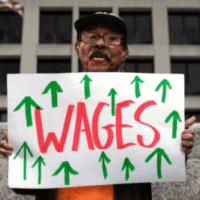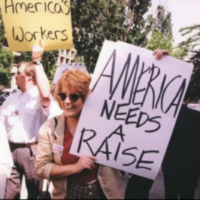Summary
On March 8, 2018, Laura Huizar testified before the Maryland Senate Finance Committee in support of SB 543, which would raise Maryland’s minimum wage to $15 by 2023. The Bill would also gradually eliminate the sub-minimum wage for tipped workers and eliminate exemptions that subject younger workers to a lower minimum wage, guaranteeing one fair wage for all workers regardless of occupation or age.




